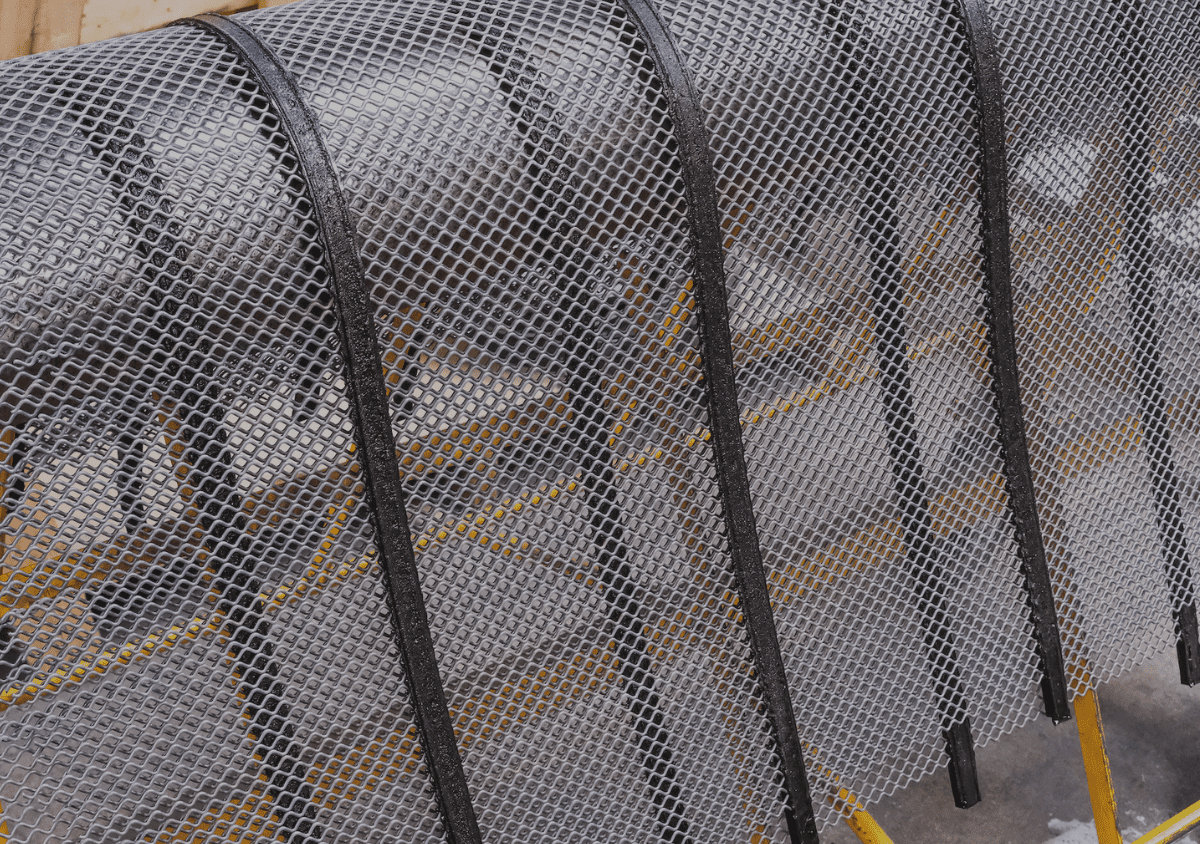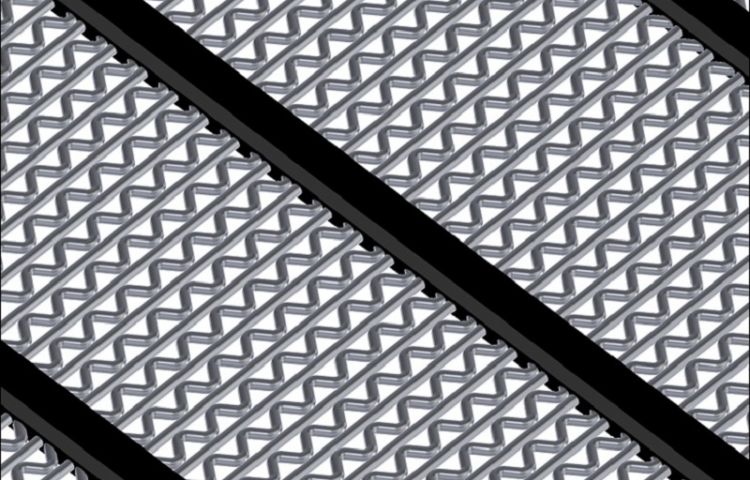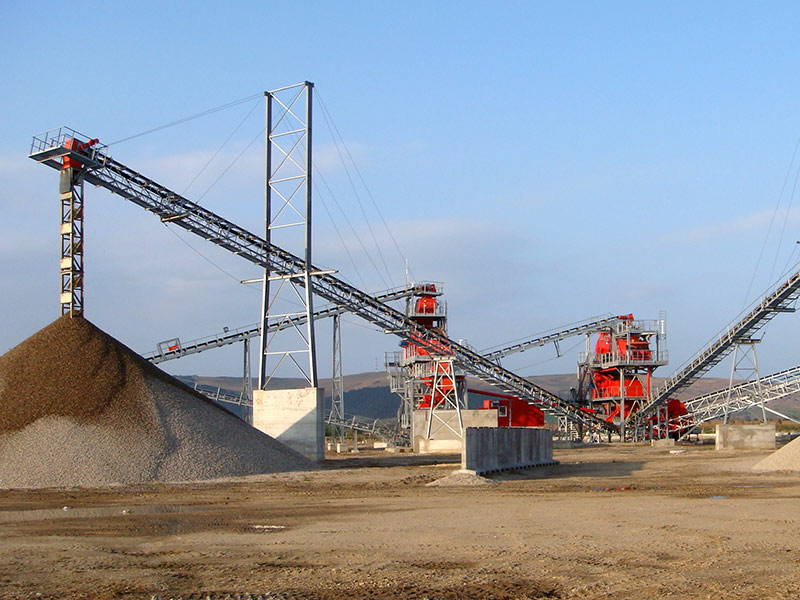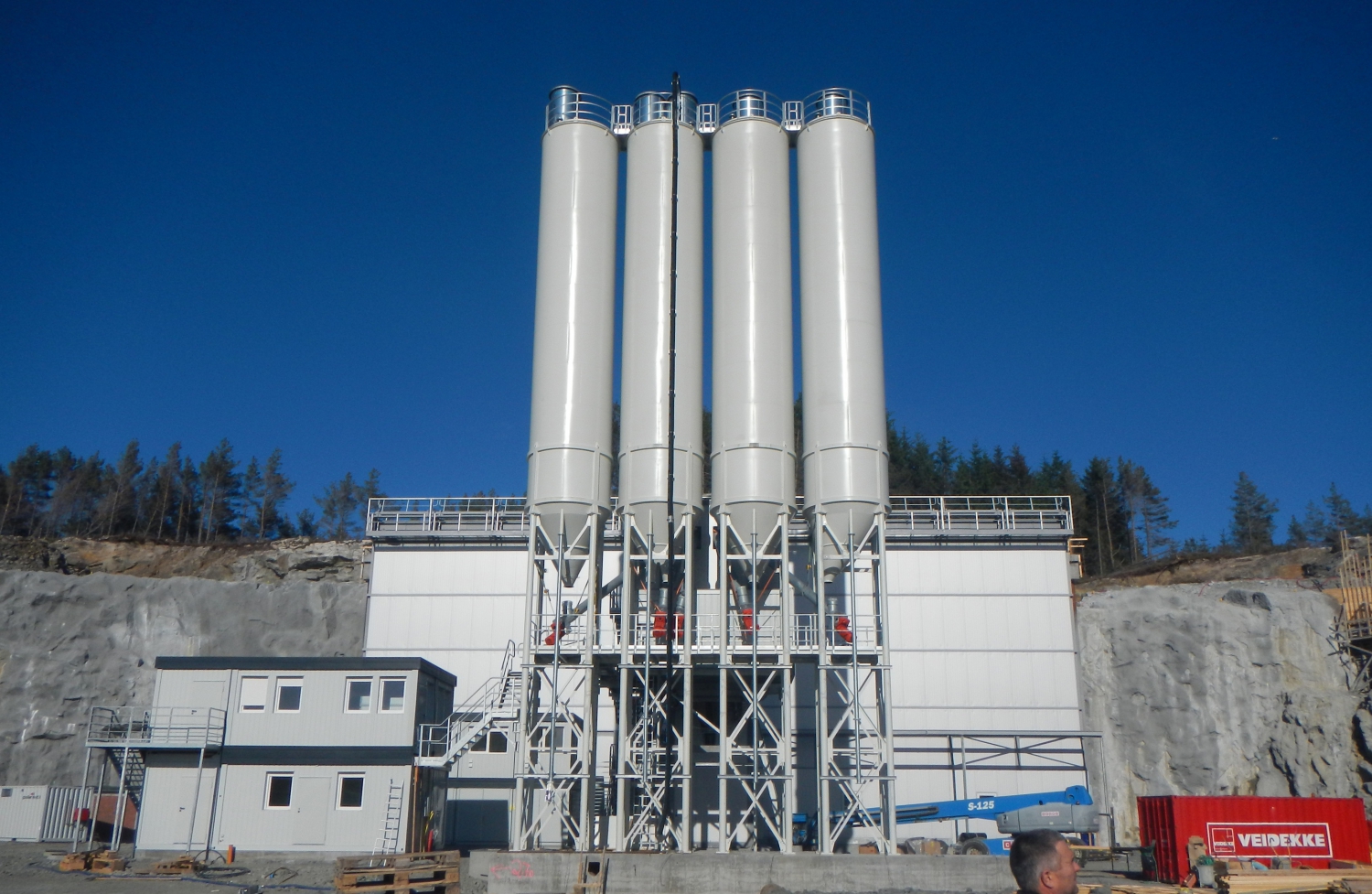Description
USE
These canvases serve several purposes:
1. Keep a screening surface virtually intact despite the presence of fine clayey or moist elements, which tend to clog an ordinary screen cloth.
2. Limit or even eliminate doweling on crushed products.
3. Improve throughput of a sieve that is too dimensionally accurate due to their high permeability.
4. In the case of high abrasion by fine products under water, with an unrivalled service life, by reinforced series.
FEATURES
Channels The warp threads are independent of each other and form square meshes, with one diagonal running in the direction of product feed.
As the chains are independent of each other, the shocks produced by the elements to be screened cause differences in vibration that prevent the fine elements from clumping together from one wire to another (clogging).
Then, with a thickness of 50% less than the screening cloths classicsas the wires do not cross each other, which explains their high permeability and their high wear resistanceas a result of reduced friction.
Frames The use of abrasion-resistant rubber or polyurethane instead of steel wire or pre-cut sheet metal wefts was a major improvement at the time.
The wefts, which are necessarily raised in relation to the actual screening surface and therefore subjected to the harshest of screening stresses, are virtually indestructible thanks to the unquestionably superior abrasion resistance of rubber or polyurethane.
The wefts form a one-piece unit, so there’s no possibility of lapping by screening fines, which ensures a much longer service life.
This design also makes it possible to obtain a softer canvas so more efficient at vibrationThe wires are no longer constrained by the steel frames.







Reviews
There are no reviews yet.